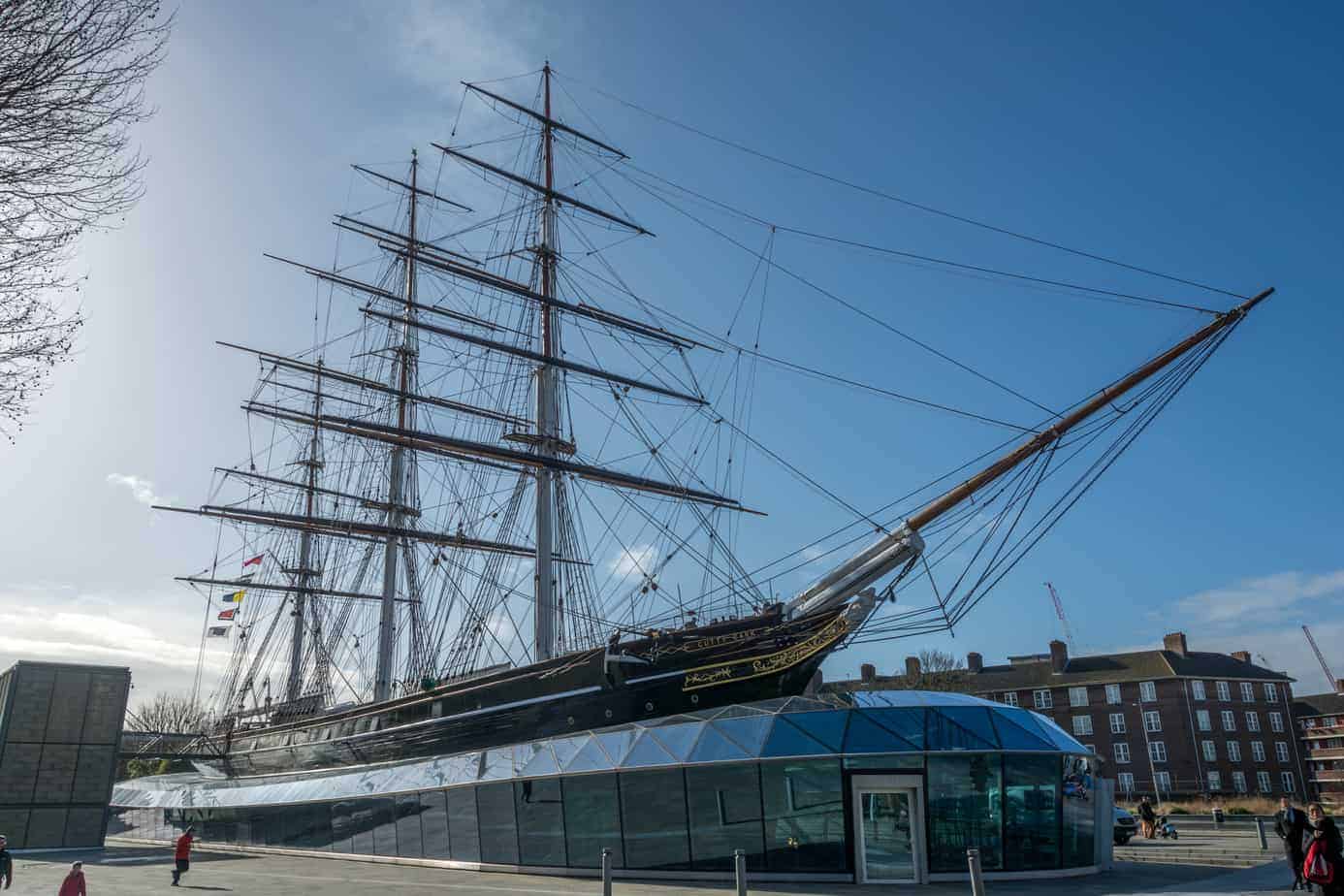 https://dmsonline.us/wp-content/uploads/2025/08/Clickbait.jpg
720
1280
Nicholas Barczak
/wp-content/uploads/2025/06/DMS-logo.svg
Nicholas Barczak2025-11-11 07:00:002026-01-10 09:14:14How to Buy a Towing Tank: Purchase and Design Guide
https://dmsonline.us/wp-content/uploads/2025/08/Clickbait.jpg
720
1280
Nicholas Barczak
/wp-content/uploads/2025/06/DMS-logo.svg
Nicholas Barczak2025-11-11 07:00:002026-01-10 09:14:14How to Buy a Towing Tank: Purchase and Design GuideToday, we pause for a bit of nostalgia. Cast your mind back to the morning of shipping technology, back when the ships were still powered by the wind. As we turned from the 19th to the 20th century, wind shipping technology reached the pinnacle of performance: the clipper ships. These vessels were true speed demons.
Ironically, my career in ship design began with traditional sailing vessels.
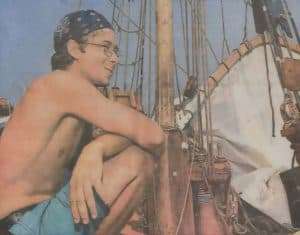
I crewed on tall ship Niagara for a season. And helped some friends to construct a 50 ft long dutch flat bottom sailing vessel. So I hold a special place in my heart for sailing vessels and tall ships. I always enjoyed the complexity of the rigging, and its versatility to harness a wide range of wind conditions.
A clipper ship could speed along with the lightest puff of air. Or rig storm sails and plow through the strongest gale. And apart from winches that came in later, clipper ships were mostly powered by pure human muscle and ingenuity. Sails that weighed hundreds of pounds. Rigging that could hurl you about like a rag doll. And monstrous waves that completely swamped the deck. Sailors would look down from the rigging and watch their vessel’s deck completely disappear beneath a wave. Nothing but three masts poking up from the waves. And they held their breaths, waiting for the ship to rise defiantly from the burden of that wave . . .
All these things were tamed by the ingenuity and determination of man.
Share This Post
More Like This
 https://dmsonline.us/wp-content/uploads/2025/08/Clickbait.jpg
720
1280
Nicholas Barczak
/wp-content/uploads/2025/06/DMS-logo.svg
Nicholas Barczak2025-11-11 07:00:002026-01-10 09:14:14How to Buy a Towing Tank: Purchase and Design Guide
https://dmsonline.us/wp-content/uploads/2025/08/Clickbait.jpg
720
1280
Nicholas Barczak
/wp-content/uploads/2025/06/DMS-logo.svg
Nicholas Barczak2025-11-11 07:00:002026-01-10 09:14:14How to Buy a Towing Tank: Purchase and Design Guide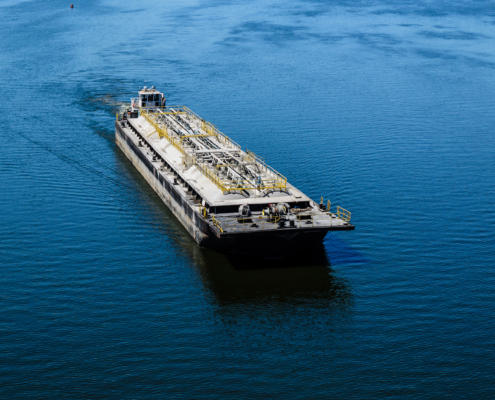
Marine Highways: Short Sea Shipping
Economics, Integration / Engineering, Miscellaneous, Support Services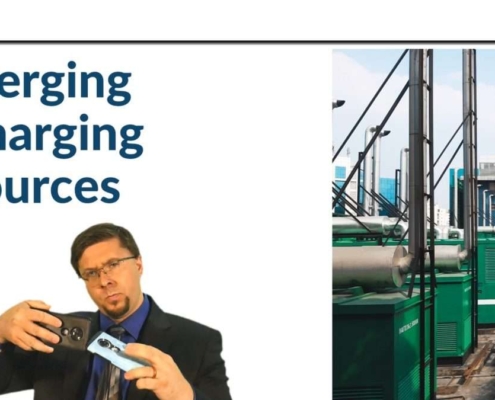 https://dmsonline.us/wp-content/uploads/2022/09/ClickBait_2.89.9-scaled-1.jpg
675
1200
Nate Riggins
/wp-content/uploads/2025/06/DMS-logo.svg
Nate Riggins2023-04-03 08:00:002025-08-15 10:36:17Electric Yacht Charging
https://dmsonline.us/wp-content/uploads/2022/09/ClickBait_2.89.9-scaled-1.jpg
675
1200
Nate Riggins
/wp-content/uploads/2025/06/DMS-logo.svg
Nate Riggins2023-04-03 08:00:002025-08-15 10:36:17Electric Yacht Charging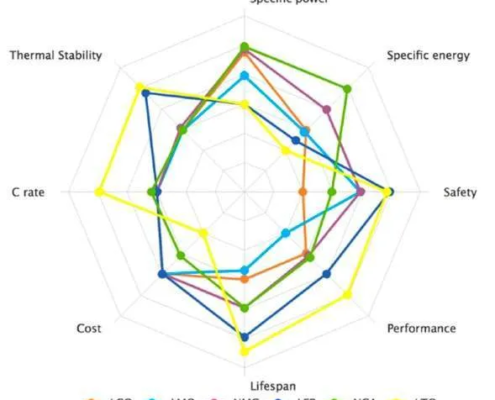 https://dmsonline.us/wp-content/uploads/2022/09/Lithium-Chemistries-Spider-Chart.webp
513
589
Nate Riggins
/wp-content/uploads/2025/06/DMS-logo.svg
Nate Riggins2023-03-06 08:00:002025-08-15 10:30:12Batteries for Electric Propulsion
https://dmsonline.us/wp-content/uploads/2022/09/Lithium-Chemistries-Spider-Chart.webp
513
589
Nate Riggins
/wp-content/uploads/2025/06/DMS-logo.svg
Nate Riggins2023-03-06 08:00:002025-08-15 10:30:12Batteries for Electric Propulsion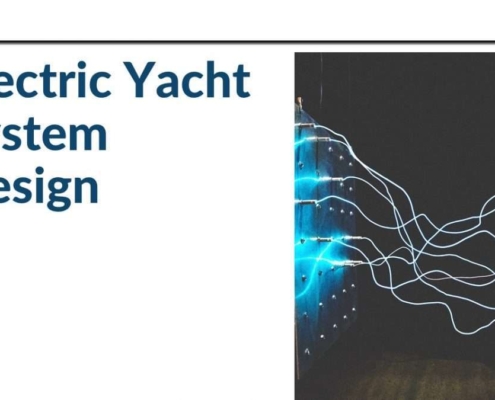 https://dmsonline.us/wp-content/uploads/2022/09/Slide21-Clickbait-scaled-1.jpg
675
1200
Nate Riggins
/wp-content/uploads/2025/06/DMS-logo.svg
Nate Riggins2023-01-30 08:00:002025-08-15 10:37:00Electric Yacht System Design
https://dmsonline.us/wp-content/uploads/2022/09/Slide21-Clickbait-scaled-1.jpg
675
1200
Nate Riggins
/wp-content/uploads/2025/06/DMS-logo.svg
Nate Riggins2023-01-30 08:00:002025-08-15 10:37:00Electric Yacht System Design https://dmsonline.us/wp-content/uploads/2022/09/M22006-ClickBait-scaled-1.jpg
675
1200
Nate Riggins
/wp-content/uploads/2025/06/DMS-logo.svg
Nate Riggins2022-12-05 08:00:002025-08-15 10:38:53Emergency Electric Propulsion
https://dmsonline.us/wp-content/uploads/2022/09/M22006-ClickBait-scaled-1.jpg
675
1200
Nate Riggins
/wp-content/uploads/2025/06/DMS-logo.svg
Nate Riggins2022-12-05 08:00:002025-08-15 10:38:53Emergency Electric Propulsion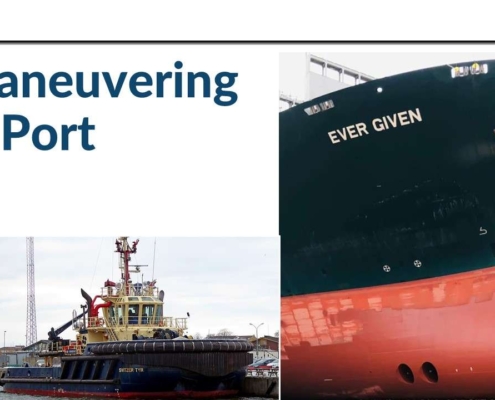 https://dmsonline.us/wp-content/uploads/2022/04/ClickBait.jpg
720
1280
Nate Riggins
/wp-content/uploads/2025/06/DMS-logo.svg
Nate Riggins2022-04-04 07:00:002025-08-15 13:08:57Ever Given: Maneuvering Options
https://dmsonline.us/wp-content/uploads/2022/04/ClickBait.jpg
720
1280
Nate Riggins
/wp-content/uploads/2025/06/DMS-logo.svg
Nate Riggins2022-04-04 07:00:002025-08-15 13:08:57Ever Given: Maneuvering Options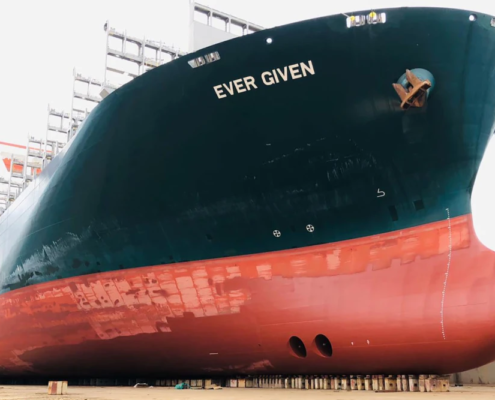
Ever Given: What We Don’t Know
Command and Surveillance, Fluid Dynamics, Miscellaneous, Ship Maneuvering, Ship Motion Control, Ship Response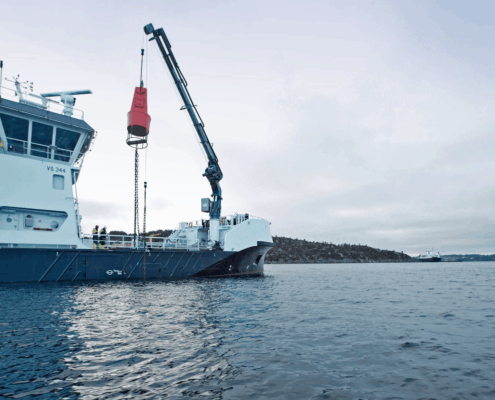
Cranes on Ships: Introduction to Crane Integration
Auxiliary Systems, Mechanical Handling Systems, Miscellaneous, Replenishment SystemsAbout Us
Ship designs tailored to your mission. Engineering that advances profits.

